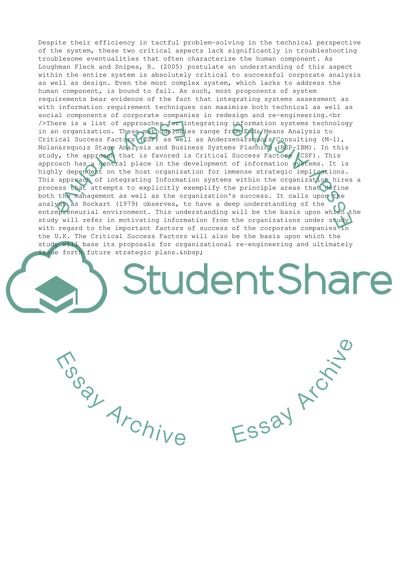Cite this document
(Managing Information Systems Change Essay Example | Topics and Well Written Essays - 1500 words, n.d.)
Managing Information Systems Change Essay Example | Topics and Well Written Essays - 1500 words. https://studentshare.org/management/1731809-managing-information-systems-change-assessment-1
Managing Information Systems Change Essay Example | Topics and Well Written Essays - 1500 words. https://studentshare.org/management/1731809-managing-information-systems-change-assessment-1
(Managing Information Systems Change Essay Example | Topics and Well Written Essays - 1500 Words)
Managing Information Systems Change Essay Example | Topics and Well Written Essays - 1500 Words. https://studentshare.org/management/1731809-managing-information-systems-change-assessment-1.
Managing Information Systems Change Essay Example | Topics and Well Written Essays - 1500 Words. https://studentshare.org/management/1731809-managing-information-systems-change-assessment-1.
“Managing Information Systems Change Essay Example | Topics and Well Written Essays - 1500 Words”. https://studentshare.org/management/1731809-managing-information-systems-change-assessment-1.


